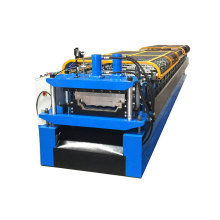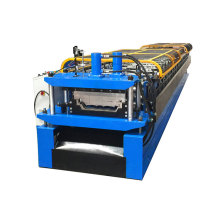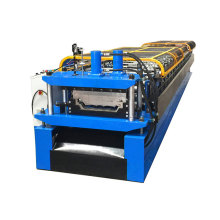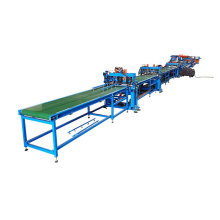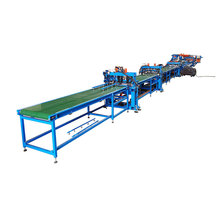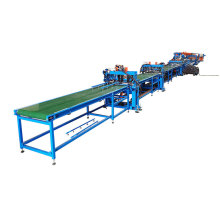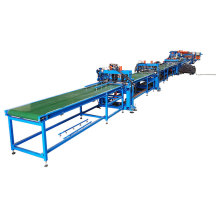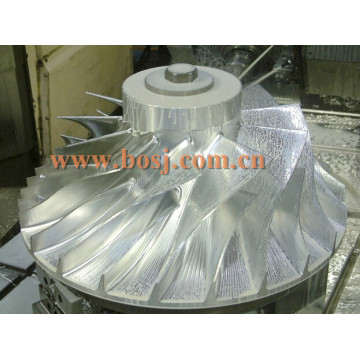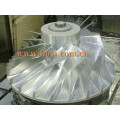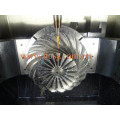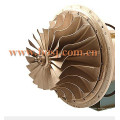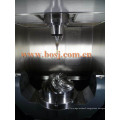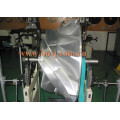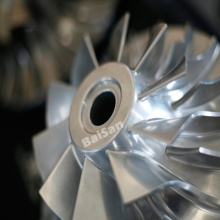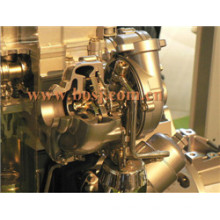Internal Combustion Engine Turbocharger Compressor Wheel Turbobillet
Basic Info
Model No.: BOSJ-T
Product Description
Model NO.: BOSJ-T Body Material: Aluminium Electric Turbocharger Type: Axialflow ETS Type: Axialflow Brand: Bosj Material: Aliminuin, Titanium Place of Origin: Jiangsu, China (Mainland Trademark: BOSJ HS Code: 8455212000 Type: Compound Turbo System Certification: TS16949, ISO9001, CCC ETS Component: Turbine Application: Volkswagen Machine Type: 5-Axis Making Machine: Germany Diameter: Customized Origin: Jiangsu China turbochargers were originalyy known as turbosuperchargers when all forced induction devices were classfied as superchargers.Nowadays the term"supercharger" is usually applied to only mechnically driven forced induction devices.The key difference between a turbocharger and a conventional supercharger is that the conventional is mechnically driven by the engin,often through a belt connected to the crankshaft,whereas a turbocharger is powered by a turbine driven by the engine's exhaust gas.Compared to a mechnically driven supercharger,turbochargers tend to be more efficient,but less responsive.Twincharger refers to an engine with both a supercharger and a turbocharger. Turbochargers are commly used on truck,car,train,aircaft,and construction equipment engines.They are most often used with Otto cycle and Diesel cycle internal combustion engines.They have also been found useful in automotive fuel cells.
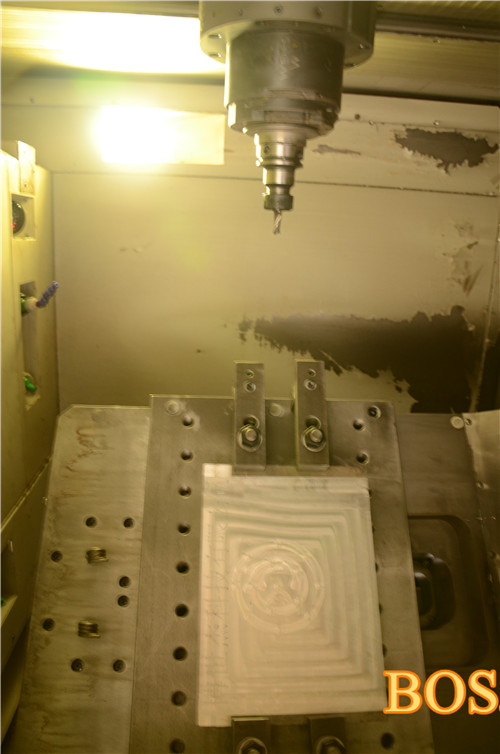 Turbine Energy provided for the turbine work is converted from the enthalpy and kinetic energy of the gas. The turbine housings direct the gas flow through the turbine as it spins at up to 250,000 rpm. The size and shape can dictate some performance characteristics of the overall turbocharger. Often the same basic turbocharger assembly is available from the manufacturer with multiple housing choices for the turbine, and sometimes the compressor cover as well. This lets the balance between performance, response, and efficiency be tailored to the application. The turbine and impeller wheel sizes also dictate the amount of air or exhaust that can be flowed through the system, and the relative efficiency at which they operate. In general, the larger the turbine wheel and Compressor Wheel the larger the flow capacity. Measurements and shapes can vary, as well as curvature and number of blades on the wheels. On the left, the brass oil drain connection. On the right are the braided oil supply line and water coolant line connections. Compressor impeller side with the cover removed.
Turbine Energy provided for the turbine work is converted from the enthalpy and kinetic energy of the gas. The turbine housings direct the gas flow through the turbine as it spins at up to 250,000 rpm. The size and shape can dictate some performance characteristics of the overall turbocharger. Often the same basic turbocharger assembly is available from the manufacturer with multiple housing choices for the turbine, and sometimes the compressor cover as well. This lets the balance between performance, response, and efficiency be tailored to the application. The turbine and impeller wheel sizes also dictate the amount of air or exhaust that can be flowed through the system, and the relative efficiency at which they operate. In general, the larger the turbine wheel and Compressor Wheel the larger the flow capacity. Measurements and shapes can vary, as well as curvature and number of blades on the wheels. On the left, the brass oil drain connection. On the right are the braided oil supply line and water coolant line connections. Compressor impeller side with the cover removed.
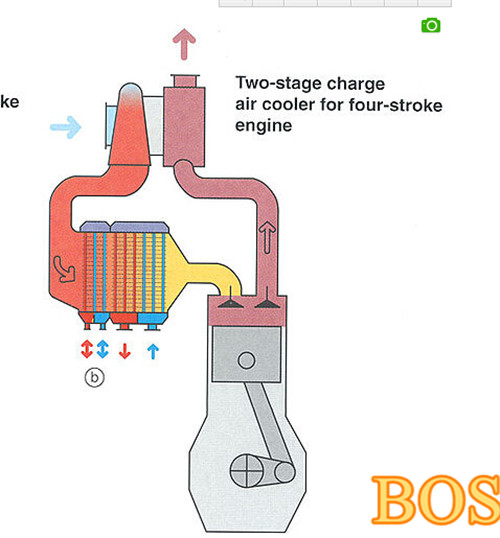
Turbine side housing removed. A turbocharger's performance is closely tied to its size. Large turbochargers take more heat and pressure to spin the turbine, creating lag at low speed. Small turbochargers spin quickly, but may not have the same performance at high acceleration. To efficiently combine the benefits of large and small wheels, advanced schemes are used such as twin-turbochargers, twin-scroll turbochargers, or variable-geometry turbochargers.
Twin-turbo
Twin-turbo or bi-turbo designs have two separate turbochargers operating in either a sequence or in parallel. In a parallel configuration, both turbochargers are fed one-half of the engine's exhaust. In a sequential setup one turbocharger runs at low speeds and the second turns on at a predetermined engine speed or load. Sequential turbochargers further reduce turbo lag, but require an intricate set of pipes to properly feed both turbochargers. Two-stage variable twin-turbos employ a small turbocharger at low speeds and a large one at higher speeds. They are connected in a series so that boost pressure from one turbocharger is multiplied by another, hence the name "2-stage." The distribution of exhaust gas is continuously variable, so the transition from using the small turbocharger to the large one can be done incrementally. Twin turbochargers are primarily used in Diesel engines. For example, in Opel bi-turbo Diesel, only the smaller turbocharger works at low speed, providing high torque at 1,500-1,700 rpm. Both turbochargers operate together in mid range, with the larger one pre-compressing the air, which the smaller one further compresses. A bypass valve regulates the exhaust flow to each turbocharger. At higher speed (2,500 to 3,000 RPM) only the larger turbocharger runs. Smaller turbochargers have less turbo lag than larger ones, so often two small turbochargers are used instead of one large one. This configuration is popular in engines over 2,500 CCs and in V- shape or boxer engines.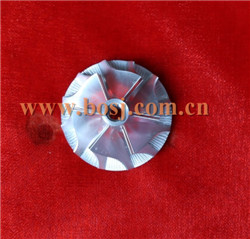
Contact us if you need more details on Engine Parts. We are ready to answer your questions on packaging, logistics, certification or any other aspects about Engine、Turbine. If these products fail to match your need, please contact us and we would like to provide relevant information.
 Turbine Energy provided for the turbine work is converted from the enthalpy and kinetic energy of the gas. The turbine housings direct the gas flow through the turbine as it spins at up to 250,000 rpm. The size and shape can dictate some performance characteristics of the overall turbocharger. Often the same basic turbocharger assembly is available from the manufacturer with multiple housing choices for the turbine, and sometimes the compressor cover as well. This lets the balance between performance, response, and efficiency be tailored to the application. The turbine and impeller wheel sizes also dictate the amount of air or exhaust that can be flowed through the system, and the relative efficiency at which they operate. In general, the larger the turbine wheel and Compressor Wheel the larger the flow capacity. Measurements and shapes can vary, as well as curvature and number of blades on the wheels. On the left, the brass oil drain connection. On the right are the braided oil supply line and water coolant line connections. Compressor impeller side with the cover removed.
Turbine Energy provided for the turbine work is converted from the enthalpy and kinetic energy of the gas. The turbine housings direct the gas flow through the turbine as it spins at up to 250,000 rpm. The size and shape can dictate some performance characteristics of the overall turbocharger. Often the same basic turbocharger assembly is available from the manufacturer with multiple housing choices for the turbine, and sometimes the compressor cover as well. This lets the balance between performance, response, and efficiency be tailored to the application. The turbine and impeller wheel sizes also dictate the amount of air or exhaust that can be flowed through the system, and the relative efficiency at which they operate. In general, the larger the turbine wheel and Compressor Wheel the larger the flow capacity. Measurements and shapes can vary, as well as curvature and number of blades on the wheels. On the left, the brass oil drain connection. On the right are the braided oil supply line and water coolant line connections. Compressor impeller side with the cover removed. 
Turbine side housing removed. A turbocharger's performance is closely tied to its size. Large turbochargers take more heat and pressure to spin the turbine, creating lag at low speed. Small turbochargers spin quickly, but may not have the same performance at high acceleration. To efficiently combine the benefits of large and small wheels, advanced schemes are used such as twin-turbochargers, twin-scroll turbochargers, or variable-geometry turbochargers.
Twin-turbo
Twin-turbo or bi-turbo designs have two separate turbochargers operating in either a sequence or in parallel. In a parallel configuration, both turbochargers are fed one-half of the engine's exhaust. In a sequential setup one turbocharger runs at low speeds and the second turns on at a predetermined engine speed or load. Sequential turbochargers further reduce turbo lag, but require an intricate set of pipes to properly feed both turbochargers. Two-stage variable twin-turbos employ a small turbocharger at low speeds and a large one at higher speeds. They are connected in a series so that boost pressure from one turbocharger is multiplied by another, hence the name "2-stage." The distribution of exhaust gas is continuously variable, so the transition from using the small turbocharger to the large one can be done incrementally. Twin turbochargers are primarily used in Diesel engines. For example, in Opel bi-turbo Diesel, only the smaller turbocharger works at low speed, providing high torque at 1,500-1,700 rpm. Both turbochargers operate together in mid range, with the larger one pre-compressing the air, which the smaller one further compresses. A bypass valve regulates the exhaust flow to each turbocharger. At higher speed (2,500 to 3,000 RPM) only the larger turbocharger runs. Smaller turbochargers have less turbo lag than larger ones, so often two small turbochargers are used instead of one large one. This configuration is popular in engines over 2,500 CCs and in V- shape or boxer engines.

Contact us if you need more details on Engine Parts. We are ready to answer your questions on packaging, logistics, certification or any other aspects about Engine、Turbine. If these products fail to match your need, please contact us and we would like to provide relevant information.
Product Categories : Compressor Wheel
Premium Related Products
Other Products
Hot Products
Support Steel Post for Grape Garden Roll Forming Machine Supplier AustraliaInternal Combustion Engine Turbocharger Compressor Wheel TurbobilletCustomized Pre-Galvanized Scaffold Foot Planks Scaffolding SystemGalvanized Solar Stand Roll Forming Machine Manufacturer for Saudi AabiaAuto China CNC Plasma Cutting Machine for RussiaAuto Car Collision Beam Roll Forming Machine Maunfacturer DubaiAuto China Cable Tank Ladder Roll Forming MachineSupermarket Steel Shelf Storage Deck Panel Roll Forming MachineMsfd VCD HVAC Fire Damper Shutter Frame Blade Louver Roll Forming MachineMarine Steel Scaffolding Planks Board Walkboard Roll Forming Production MachineAuto Steel Silo Corrugated Sheet Roll Forming Machine-BosjAuto Swisss Electric Cabinet Purlin Roll Forming Machine (BOSJ)Two Thire Waves W-Beam Highway Guardrail Roll Forming (BOSJ)C/Z/U/Omiga Purlin Exchange Roll Forming (BOSJ03)Steel Scaffolding Planks Board Roll Forming Line Manufacturer MalaysiaAutomatic Galvanized Steel Cable Tray Cold Roll Forming Machine (BOSJ)
